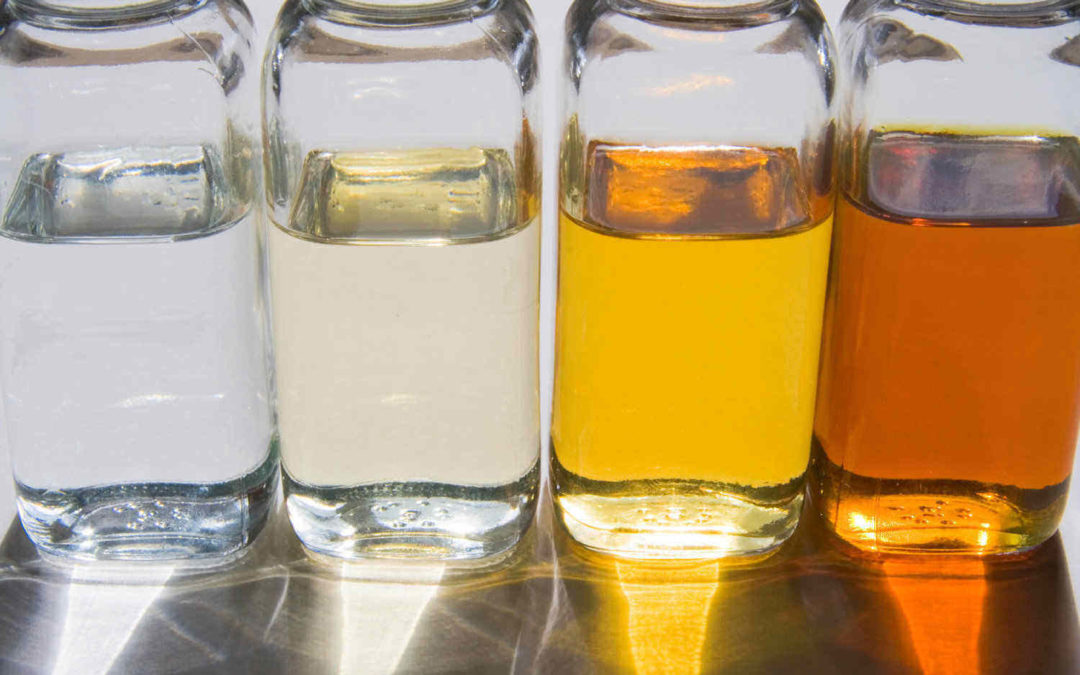We’ve all heard the terms mineral, synthetic and vegetable, but what are the actual differences between base oils and what does this mean for you?
Mineral base oil comes from crude oil and can have a number of lubricating qualities depending on the level of refining. Synthetic oils are man-made through a synthesising process and usually have enhanced properties to that of mineral oils. Vegetable oils are derived from plants and are most commonly found in bio-lubricants.
Further to the basic categories of base oils, the American Petroleum Institute (API) has classified base oils into five groups. Groups I, II and III are all mineral based.
Group I base oils are solvent refined. This simple process which has been around for a long time, removes undesirable components such as aromatics from the oil. Group I base oils are usually less than 90% saturates with a viscosity index of 80 to 120 and operate between 0 and 65 degrees Celcius.
Group II base oils are mineral oils created using Hydrogen gas in a process called hydrogenation or hydrocracking. This is more effective than solvent refining in converting aromatics into desirable hydrocarbons.
Group III base oils are created using the same hydrogenation process but with additional heat and pressure applied. This results in even more undesirable components being converted and gives a much purer base oil usually with more than 90% saturates and a viscosity index of over 120. Group III oils are sometimes promoted as synthetic due to the increased hydrocarbon modification.
Group IV base oils are synthetic polyalphaolefins (PAO). These are the most commonly used synthetic base oils and are synthesised using ethylene gas. These base oils have a wider operating temperature range, higher viscosity index and greater oxidation stability than mineral base oils. Group IV products are commonly used where high temperatures are a consideration.
Group V base oils account for all other base oils, particularly synthetics, and include polyalkylene glycols (PAG), silicones and diesters.
While most of us don’t actually consider the base oil used to formulate our lubricants, it is worth noting that an average lubricant is 90% base oil and 10% additives. With technology constantly changing and developing, lubricants have to adapt and improve in order to meet the demands of equipment manufacturers. Most lubricants available in Europe today are made with Group II base oil as a minimum. If you are looking for a lubricant which will perform under extreme temperatures or loads, a lubricant utilising group I or II base oil may not be suitable. You may also find that lubricants made with different base oils are not compatible with each other, which can lead to a number of issues if they are mixed. This is particularly true when regarding the main constituent of the oil – mineral, synthetic or vegetable.
Understanding the advantages and disadvantages of different base oils can help make sure you select the right products for your applications. If you are ever unsure about the best lubricant to use in your equipment or whether lubricants can be mixed, refer to your equipment manual or speak to your lubricant technical expert.

